
151 posts
Latest Posts by pasta-legs - Page 4

House of Voids
Malik Architecture
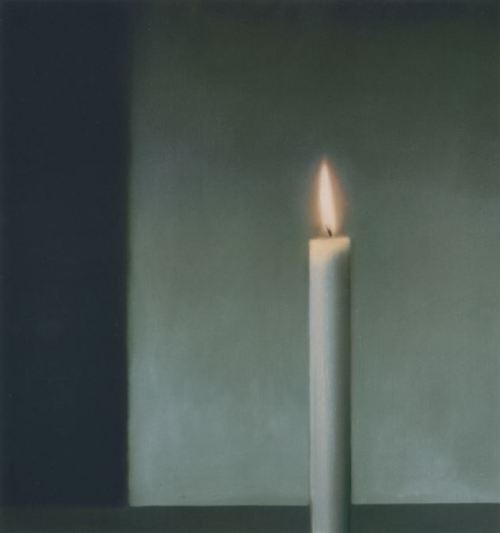
Gerhard Richter, “Candle”, 1983

Spomenik Kosmaj, Serbia. Photography Valentin Jeck
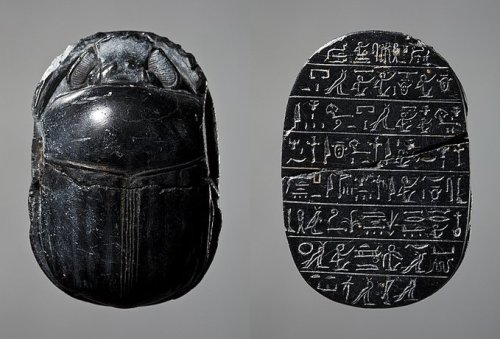

The Man-Made Object, Edited by György Kepes, George Braziller, Inc., New York, 1966 (pdf here). Essays by: Christopher Alexander, Dore Ashton, Michael J. Blee, Marcel Breuer, Theodore M. Brown, Francoise Choay, Gillo Dorfles, Kazuhiko Egawa, Joan M. Erikson, Jean Helion, Marshall McLuhan, Herbert Read, Leonardo Ricci, Henry S. Stone, Jr., Frederick S. Wight






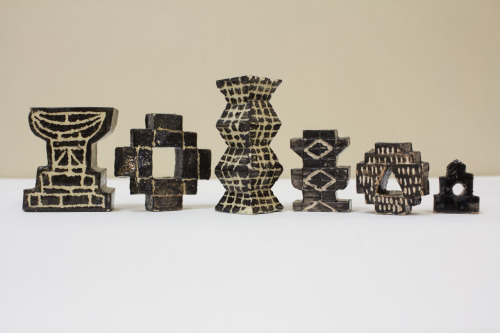
Ceramics, Victor Marqué, 2021.
https://marquevictor.tumblr.com/
https://www.instagram.com/marque.victor/?hl=en

Alexander Rodchenko: Hanging Construction (1920)







De 48 betonnen luidspeakers van het eiland Kinmen, ook wel de Beishan Broadcasting Wall, als propaganda wapentuig van Taiwan in gevecht met China.
Het bouwwerk werd in 1967 gebouwd als een instrument voor oorlogsvoering tussen China en Taiwan. Door de luidsprekers werd onder meer liederen van de Taiwanese zangeres Teresa Teng afgespeeld en toespraken waarin vijandelijke soldaten werden opgeroepen over te lopen. Ook werd met vergeldingsmaatregelen gedreigd naar de andere kant van de zee, zodat het 6 kilometer verder op het vasteland gehoord kon worden. Deze bouwwerken waren tot het einde van de jaren 1970 in gebruik.

Koho Shoda 1871-1946

“For I do not exist: there exist but the thousands of mirrors that reflect me. With every acquaintance I make, the population of phantoms resembling me increases. Somewhere they live, somewhere they multiply. I alone do not exist.” ― Vladimir Nabokov

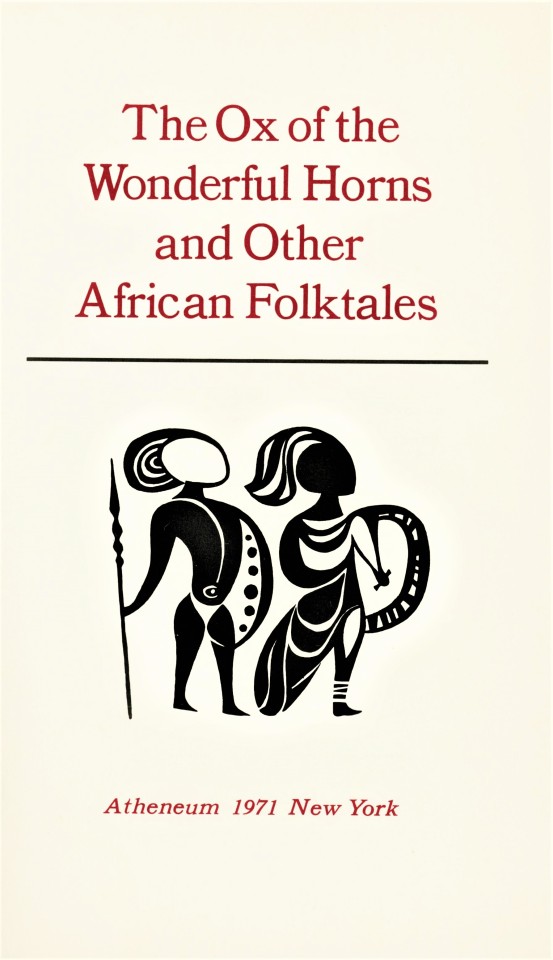



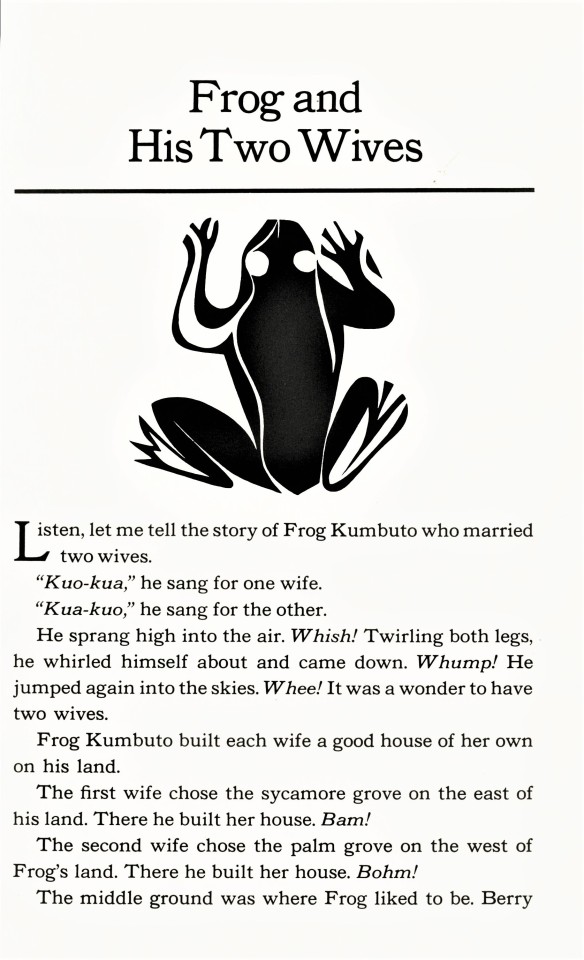


Spotlight: African Folktales
For Black History Month I found another book of folktales (shocker) to share with you all! The fun and exciting part of this job is being able to look into things that one would not normally take the time to explore, and I have been given the opportunity to do nothing but explore and dig into the expansive collection we have in Special Collections (if you aren’t getting interested to come in and take a peek, you should be).
The book I am keen on sharing is The Ox of the Wonderful Horns: And Other African Folktales, a children’s book from our Historical Curriculum Collection, published in New York by Atheneum in 1971. The stories were retold and illustrated by Ashley Frederick Bryan (1923-2022), an American writer and illustrator for children’s books, of which most of his subjects focus on the African-American experience. Bryan’s desire and challenge for the anthology was to “bring the stilted language of the linguists’ narration back to an oral tradition through rhythm and poetic verses.”
This anthology features five tales from Akan-Ashanti, Angolan, South African, and Kaffir myths with various illustrations accompanying us through each story. The illustrations switch between half-page black and white and full-page color that are meant to evoke African wood block motifs that suggest the ochres and reds of African clay dyes and African textile designs; very eye-catching and absorbing!
View another of my posts.
View more Black History Month posts.
– Elizabeth, Special Collections Undergraduate Writing Intern

This is what I feel like when I listen to sufjan










some pictures and artworks you should see about Carrie & Lowell, one of the greatest albums of all time❤️
I listened to Sufjan today and cried for the first time in years.
#buteveryroadleadstoanend

thanks suf

"Everything is given to be taken away... It is not to be built up, but burned up." - Albert Camus, Summer in Algiers
“In order to understand the world, one has to turn away from it on occasion.”
— Albert Camus (via thestrangerdaily)
“In order to understand the world, one has to turn away from it on occasion.”
— Albert Camus (via thestrangerdaily)
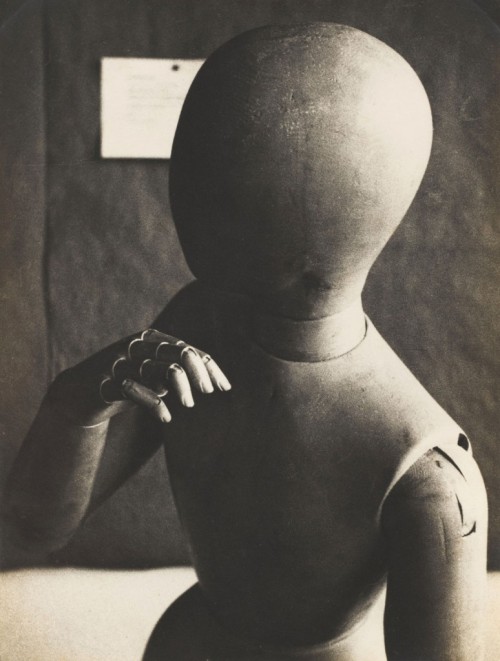
Iwao Yamawaki - Articulated Mannequin 1931

The Mundari cattle camp - Trevor Cole

Yannick Cormie

Martin Bogren - Hollow

Gosia Janik

Patrick Bailly

Ruth Thorne-Thomsen: Dot Lady, Door Series, 1983

Misha Gordin

Emanuel Dimitri Volakis
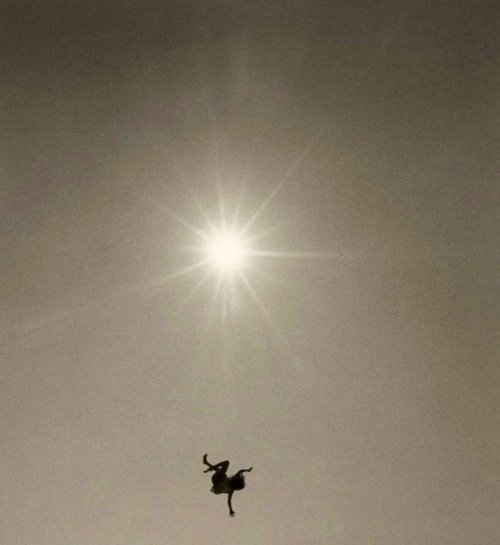
Adger Cowans, Icarus, 1970

Hengki Lee